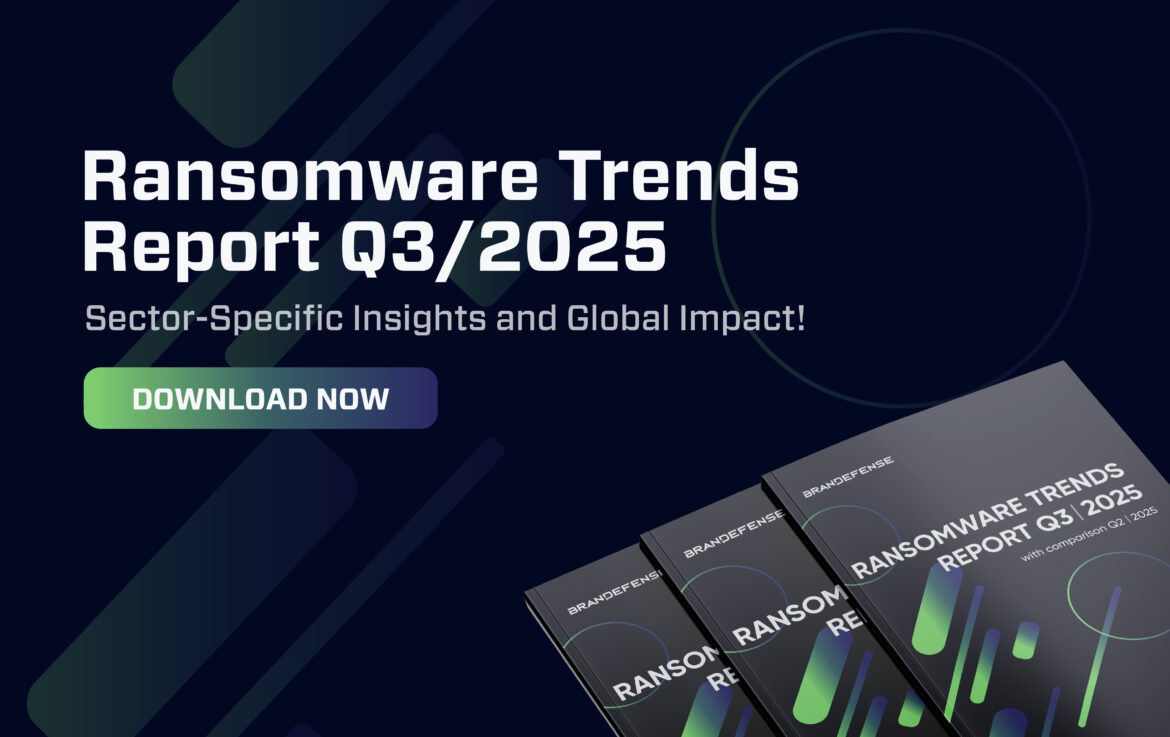
Introduction
GhostEmperor is an advanced persistent threat (APT) group known to be linked to China that was publically suspected of by Kaspersky in 2021. This APT group has been active since at least 2019 and is best known for deploying one of the most advanced rootkits seen in the recent past, called Demodex. The group primarily targets governments, defense industries, and critical infrastructure with espionage campaigns across the Asia, the Middle East, and Africa. GhostEmperor represents one of the more sophisticated espionage threats in line with Chinese state goals due to their ability to achieve stealthy persistence at the kernel level.
Identity and Motivation
GhostEmperor is widely suspected of operating in alignment with Chinese state intelligence objectives. While no official attribution has been made, the group’s targeting and TTPs are generally in alignment with China’s geopolitical interests.
The groups’ primary motivation is believed to be strategic cyber espionage, with a preferred primary target list that emphasizes sensitive political, military, and diplomatic intelligence. This activity combines with China’s intentions to further its influence economically and securty-wise in Asia, the Middle East, and Africa.
TTPs
GhostEmperor employs numerous sophisticated capabilities that show persistence and stealth. The most well-known tool they use is the Demodex rootkit, which lets them hide their activity far more deeply in compromised systems.
- Initial Access: Vulnerability exploitation of unpatched internet-facing servers and spear-phishing campaigns.
- Persistence: Deployment of a custom rootkit like Demodex to achieve stealthy and long-term access.
- Command and Control (C2): Uses custom backdoors that communicate using HTTPS and covert channels, building out a large infrastructure and rotating servers to help evade detection.
- Malware and Tools: GhostEmperor backdoor framework, Demodex Rootkit, custom-loaded modules, privilege escalation modules.
- Techniques: GhostEmperor backdoor framework, Demodex Rootkit, custom-loaded modules, privilege escalation modules.
Notable Operations
2019: Initial campaigns targeting Southeast Asian governments were largely espionage focused intrusions.
2020: Expanded targeting towards telecom providers and diplomatic organizations, deploying stealth malware that maintained long-term access.
2021: Public exposure by Kaspersky that revealed the use of Demodex rootkit and linked them to prominent espionage campaigns.
2022: Continued operations against Middle Eastern governments with focused targeting on defense, foreign affairs ministries.
2023: Increased activity in Africa with targets including governments and infrastructure projects that are aligned to build towards China’s Belt and Road initiative.
2024–2025: Ongoing espionage in Asia and the Middle East, with notable evidence of sophistication in persistence, together with more resilient infrastructure.

Recent Developments
GhostEmperor is still active as of 2025 and is still conducting espionage activities that focus on governmental and strategic sectors on multiple continents. Security researchers remarked that the group is continuing to improve its rootkit and backdoor capabilities, making it increasingly difficult to detect or remediate. The campaigns seem to reveal long-term strategic intelligence gathering that aligns with Beijing’s geopolitical aims.
The use of the Demodex rootkit also differentiates GhostEmperor from many of the other Chinese APT groups, as it offers an extremely stealthy persistence mechanism that is rarely seen in the wild. GhostEmperor possesses a capacity for continued access for extended periods of time, allowing sustained intelligence gathering.
Conclusion
GhostEmperor represents a foreign espionage threat attributed to China that is highly sophisticated from a technical standpoint. Based on its utilization of advanced rootkits, stealth persistence techniques, and global targeting vectors, it poses a high-risk to government organizations and critical infrastructure providers.
Defensive Takeaways
- Quickly patch internet-facing servers to reduce vulnerability.
- Lookout for suspicious kernel-level activity or rootkit signs.
- Use behavioral detection to uncover covert persistence mechanisms.
- Engage in strong credential monitoring and lateral movement detection.
- Share any intelligence related to rising indicators of compromise associated with GhostEmperor campaigns.
Amidst China’s continuous global expansion, GhostEmperor will remain an espionage instrument while its activities demonstrate the evolution of state-sponsored APTs toward stealthier and more resilient capabilities. Future engagements will continue to stress the need to monitor the organization and provide first-hand indications of compromise to augment defensive and incident response capabilities in 2025 and beyond.
You can download and review the sheet for all the details!







